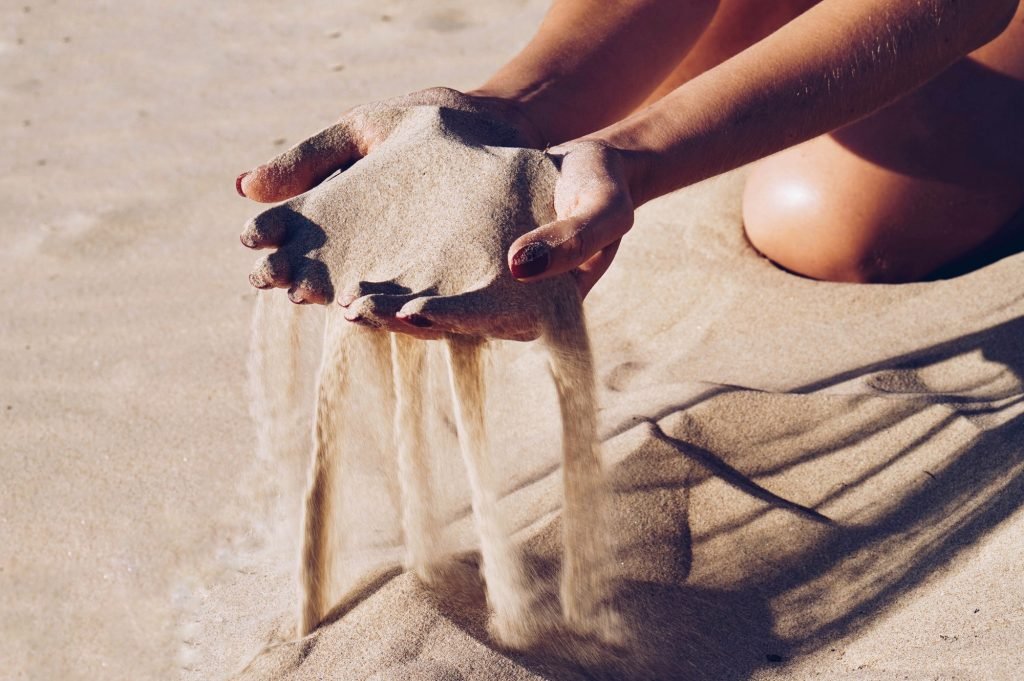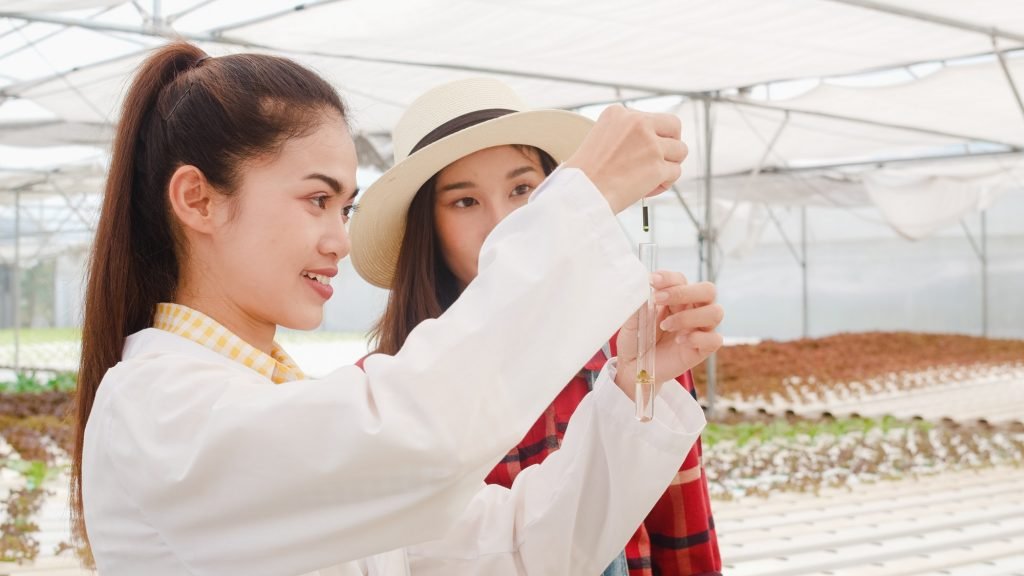In this article, we will talk about aquaponics grow bed media and water, two crucial components of an aquaponics system. The grow bed medium is the plant’s habitat, while the water is the fish’s habitat. The two are interconnected, and if there are problems in one, they will manifest themselves in the other.
In aquaponics, the grow bed media is one of the most important components. Not only does it provide a place for the plants to grow, but it also helps filter the water. The grow bed media should be made out of a material that is porous so that it can hold water and air. It should also be able to support the weight of the plants and fish.
There are many grow bed media to choose from, ranging from simple ones to ‘bioengineered” branded ones. Some of the most popular are expanded clay pellets, gravel, and sand. Each has its own advantages and disadvantages.
Expanded Clay Pellets: These are made from fired clay and have been expanded to make them more porous. They are light weight, so they are easy to work with, and they have a high water and air capacity. However, they can be expensive and can take up a lot of space.

Gravel: Gravel is cheap and easy to find, but it has a low water and air capacity. It is also very heavy, so it can be difficult to work with. Gravel is ideal because it provides good support for the roots of the plants and filters the water well. In addition, it proves to be a good habitat for the beneficial bacteria, which will be busy turning fish wastes into plant nutrients. Get round gravel, and it should be big enough not to clog but small enough to provide good root support. The plant roots need good water circulation and oxygen, and if the medium compacts too much, this won’t be possible. A good medium size for aquaponics is around 0.5 to 0.75 of an inch in diameter.

Sand: Sand is the cheapest and most readily available of all the media options. It has high water and air capacity, but it is also very heavy. It can be difficult to keep clean and can harbor pests and diseases.
Ultimately, the choice of media will depend on the individual system and what is available in your area. However, it is important to choose a medium that meets the needs of both the plants and the fish.
If you opt for another type of medium, you need to ensure that it has some important properties. It should be chemically inert and it must not influence the pH of the water. For example, limestone leaks calcium carbonate, and this will push the pH up. Gravel, lava rock, and most river stones are pH neutral. Similarly, the medium should not decompose, as this will affect the pH levels and potentially clog the systems. Decomposing materials can also leak substances into the water that can harm your fish. Avoid soil, peat moss, sawdust, or wood chippings.
It is important that the medium you choose is porous, as this will allow for good air and water circulation and will give the bacteria plenty of surface area to colonize. You should also make sure that the medium is easy to handle; it should be gentle on the hands and on the plant’s roots.
Water in Aquaponics Systems
In an aquaponics system, water is of the utmost importance. It is the habitat for the fish and is responsible for carrying the nutrients to the plants. The water should be clear and odorless, and it should never be cloudy or murky. In addition, the pH should be stable and between 6.8 and 7.2.

If the water is not healthy, it can quickly cause problems in the system. The fish will become stressed and will eventually die, and the plants will not be able to grow properly. It is therefore important to take steps to maintain the quality of the water.
Municipal water will be of high pH and will contain chlorine. However, all you have to do is fill your tank and let it sit for two or three days. You want the water to be pure, free of chlorine and other chemicals, and as close to pH 7 as possible. The chlorine will evaporate off by itself.
One of the main ways to keep the water healthy is by maintaining a good balance of bacteria. There are two types of bacteria in an aquaponics system: nitrifying bacteria and heterotrophic bacteria. The nitrifying bacteria convert the ammonia from the fish waste into nitrites and then into nitrates, which are nutrients for the plants. Heterotrophic bacteria break down the plant material into simpler molecules that the plants can absorb.
Both of these types of bacteria need a certain environment in order to thrive. The nitrifying bacteria require a pH of 7.2 to 7.8 and an oxygen level of 4-5 ppm. Heterotrophic bacteria prefer a pH of 6.0-7.0 and an oxygen level of 2-3 ppm. If the pH or oxygen levels are not right, the bacteria will not be able to do their job and the water quality will suffer. If the pH of your water is too high, you can buy aquarium pH regulators, or else add some vinegar or iron sulfate fertilizer. Add small quantities at a time and test. On the other hand, if the pH of the water is too low, get an aquarium pH regulator, and add in some baking soda or calcium carbonate. Again, add in small quantities at a time and test.
In order to keep the pH and oxygen levels in balance, it is important to regularly test the water. You can buy testing kits at most garden stores, or you can send a water sample to a lab for testing. If the pH is too high or too low, you can add baking soda or vinegar to adjust it. If the oxygen level is low, you can add an air pump or an aerator.
It is also important to clean the water regularly. You can do this by using a filter or by harvesting the plants and fish and cleaning the system.
If you take care of your water, it will take care of your fish and plants.